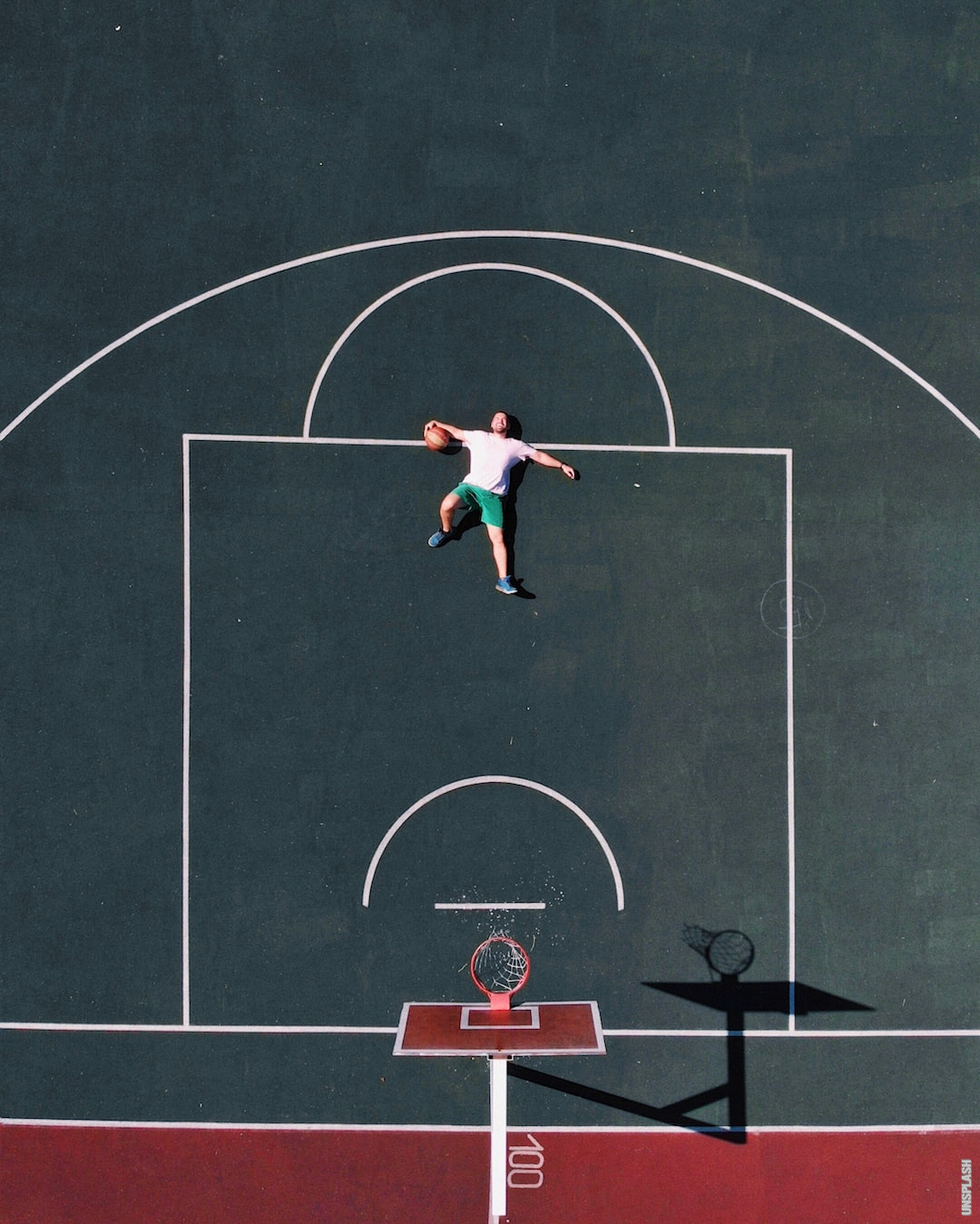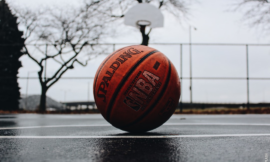The Intriguing World of NBA Player Trades
The NBA is known for its fast-paced action, high-flying dunks, and intense rivalries. But behind the scenes, there is another aspect of the league that often captivates fans and experts alike: player trades. These transactions can completely reshape the landscape of a team and have a profound impact on the league as a whole.
A Twist in the Tale: Injured Players
In the world of professional sports, injuries are an unfortunate reality. They can occur at any time and to any player, regardless of their skill level or experience. When a player gets injured, it not only affects their ability to perform but also raises questions about their future with their current team.
The Burning Question: Can Injured Players Be Traded?
One of the most intriguing questions surrounding NBA trades is whether teams can trade injured players. The answer is a resounding yes! While it may seem counterintuitive to trade a player who is currently unable to play, there are several reasons why teams might consider such a move.
Reasons Behind Trading Injured Players
1. Salary Cap Relief: NBA teams operate under a salary cap, which limits the amount of money they can spend on player salaries. By trading an injured player, teams can potentially free up valuable cap space, allowing them to sign or acquire other players.
2. Future Potential: Injured players often have a lower trade value than healthy ones. However, teams may still be willing to take a chance on an injured player if they believe in their long-term potential. This strategic move can pay off in the future if the player recovers and returns to their previous form.
3. Rebuilding and Asset Management: When a team is in the midst of a rebuilding phase, they may look to trade injured players in exchange for future draft picks or younger, healthier players. This approach allows them to stockpile assets and lay the foundation for a brighter future.
The Impact on Players and Teams
Trading injured players can have both positive and negative consequences for all parties involved. For the player, it can be a fresh start and an opportunity to prove themselves once they recover. However, it can also be a blow to their confidence and stability, as they may have to adjust to a new team and system.
For the teams, trading injured players is a calculated risk. It requires careful evaluation of the player’s injury history, potential, and the team’s immediate and long-term goals. The success of such trades ultimately depends on how well the team manages the player’s rehabilitation and their ability to integrate them into their system upon their return.
Post
Post
The Human Element
Beyond the strategic and financial considerations, it’s important not to overlook the human aspect of trading injured players. These athletes are not just commodities; they are individuals with families, emotions, and dreams. Being traded while injured can be emotionally challenging for the player, and teams must handle these situations with empathy and support.
In Conclusion
NBA teams have the ability to trade injured players, despite the unconventional nature of such transactions. These trades can have a profound impact on the league, both in terms of team dynamics and the future of individual players. As fans, we must recognize the complexities involved and appreciate the strategic decisions made by teams as they navigate the ever-evolving world of professional basketball.





